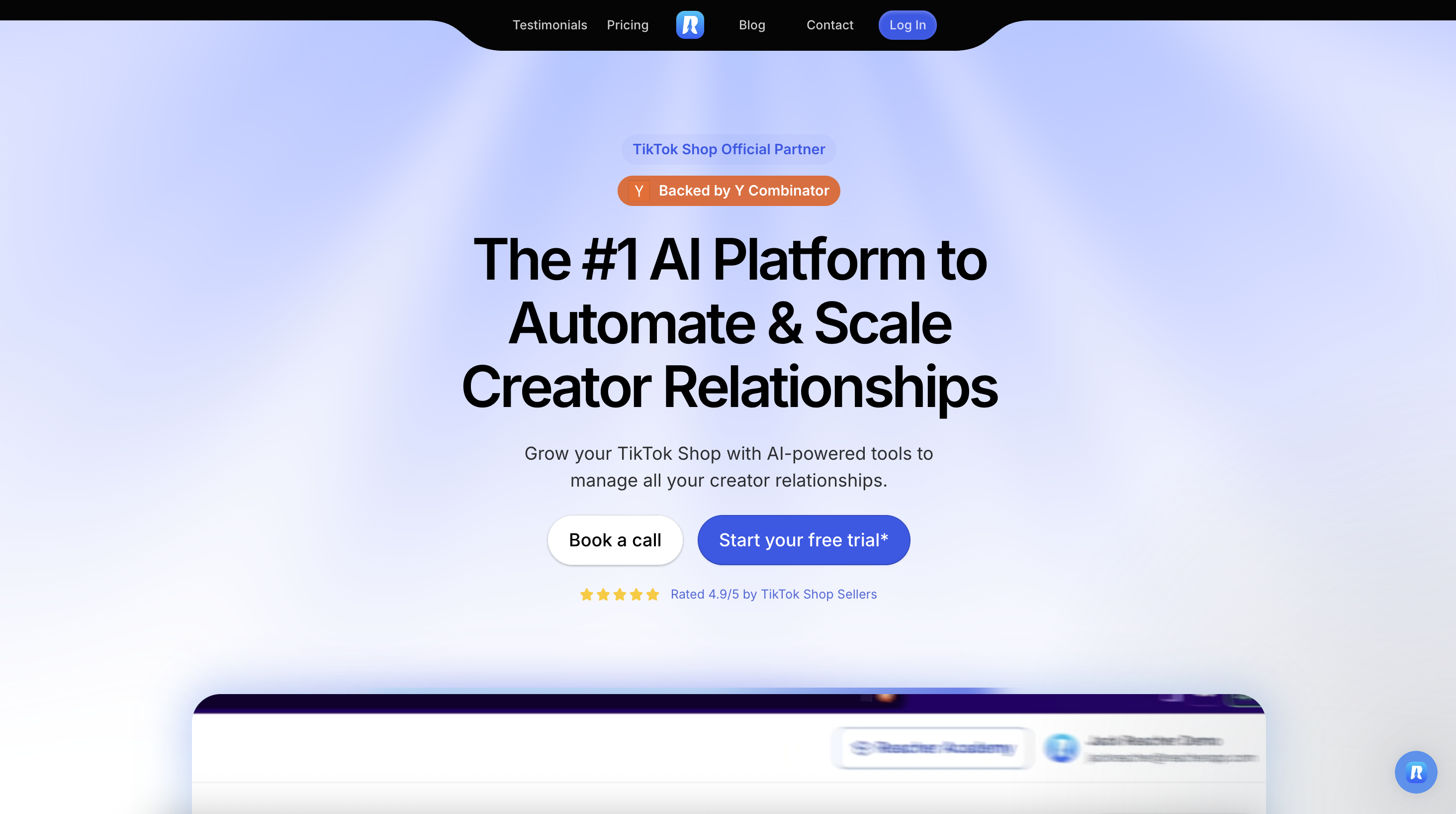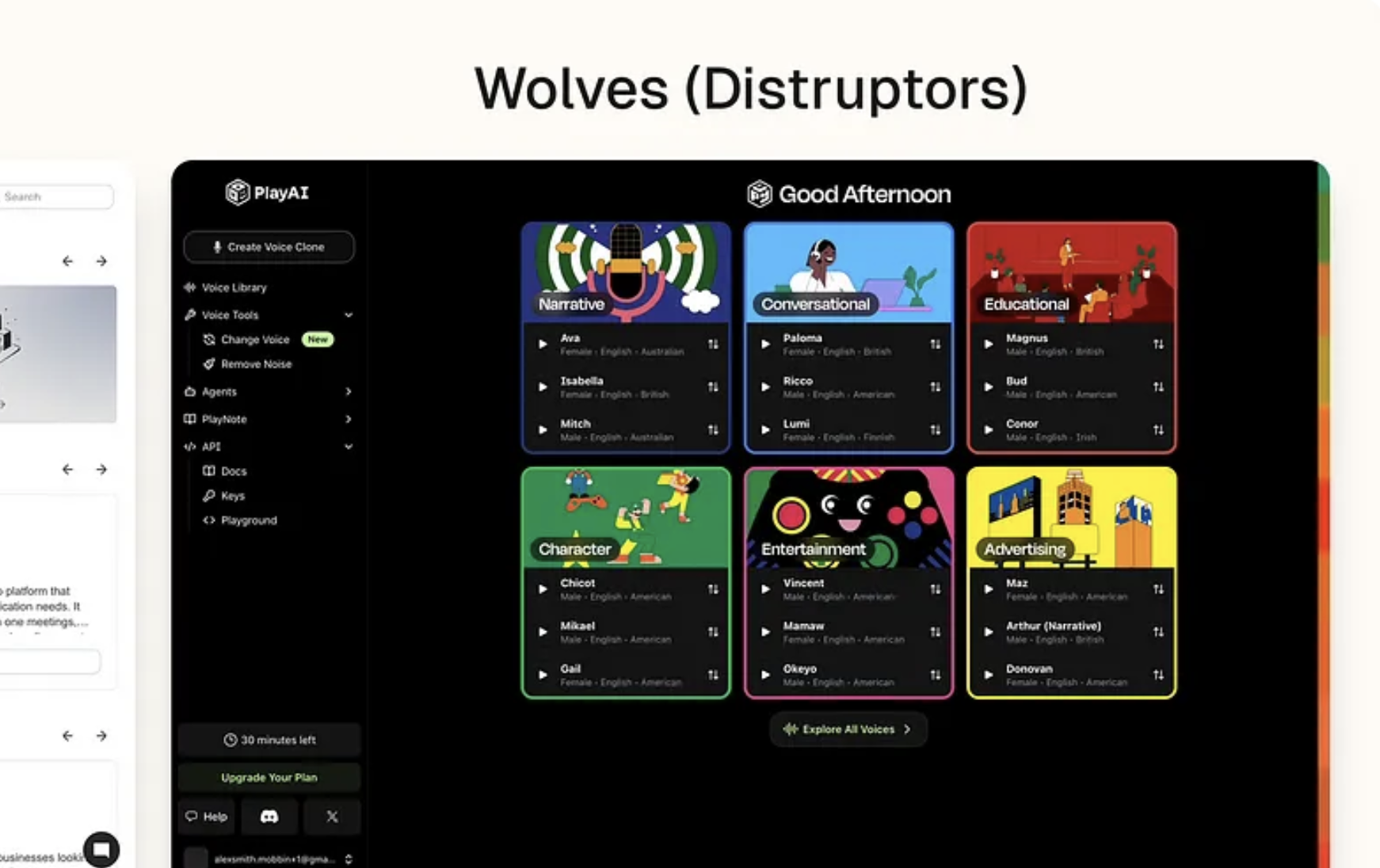I just watched a startup triple their revenue in 6 months.
From unranked to #1 on the TikTok Shop app store.
From YC rejection fears to YC acceptance.
Now trusted by brands like Under Armour, Shark Ninja, Logitech, and Hanes.
The secret weapon? Design that actually works.
The Chaos I Walked Into
When Jerry (Reacher’s founder) first showed me their product, I thought my screen was broken.
Every page looked like it was designed by a different person.
- Header sizes changing randomly
- Buttons that looked different everywhere
- Colors that didn’t match their “design system”
- User flows that sent people in circles
The engineers were building one-off elements on every single page. They had a design system that nobody used because, frankly, it was unusable.
Users were clicking around confused. Bounce rates were brutal. The app felt like a prototype, not enterprise software.
Not exactly the kind of product that major brands would trust with their TikTok Shop strategy.
The Real Problem (It Wasn’t What You Think)
Everyone assumed the problem was “making it prettier.”
Wrong.
The problem was credibility.
When brands like Under Armour evaluate your software, they judge your product in seconds. Every mismatched button and random header size screams “not ready for enterprise.”
Inconsistency = amateur hour. Amateur hour = no trust. No trust = no enterprise sales.
For a B2B product trying to land Fortune 500 TikTok Shop accounts, looking like a side project was killing deals before the demo even started.
The Solution: Systems That Actually Work
I didn’t redesign everything from scratch. That would have taken months they didn’t have.
Instead, I rebuilt their design system from the ground up with one rule: if it can’t be implemented consistently, it doesn’t go in.
What I actually did:
✅ Implemented proper Tailwind CSS with design tokens
No more random colors. Every shade had a purpose and a variable.
✅ Created components engineers would actually use
Not beautiful Figma files that nobody could build. Actual React components with clear documentation.
✅ Established typography hierarchy that made sense
H1s looked like H1s everywhere. Buttons looked like buttons. Revolutionary, I know.
✅ Built reusable patterns for complex flows
The trello-style task management approach let us reprioritize features as Jerry’s startup priorities shifted (which was constantly).
The Business Impact (In Numbers)
6 months later:
- MRR: $40K → $100K+ (150%+ growth)
- TikTok Shop App Store ranking: Unranked → #1
- Y Combinator status: Worried about acceptance → Accepted
- User bounce rates: Brutal → Manageable
- Enterprise sales conversations: “Looks like a prototype” → “This looks professional”
But here’s the kicker: they didn’t hire a single additional team member.
Same engineering team. Same founder grinding. Same product vision.
The only difference? Users could actually navigate the product without getting lost.
Why This Matters for Your Startup
Most founders think good design is about making things “look nice.”
But enterprise customers don’t buy pretty. They buy trust.
And trust comes from consistency.
When every interaction feels predictable, users relax. When users relax, they explore more features. When they explore more features, they see more value. When they see more value, they buy.
It’s that simple.
The Lesson: Systems Beat Pixels
Reacher didn’t win because we made their buttons more rounded or their colors more trendy.
They won because we made their product feel intentional.
Every page reinforced the same message: “We know what we’re doing.”
That’s the difference between a startup that gets into YC and one that doesn’t.
Between #1 on the app store and somewhere in the middle.
Between $40K MRR and $100K+ MRR.
Good design isn’t decoration. It’s infrastructure.
And the startups that understand this early? They’re the ones writing success stories.
Want to see what systematic design can do for your product?
We’re avianu. We don’t just push pixels — we build the design infrastructure that turns your product vision into enterprise-ready reality.
All the benefits of a seasoned product team, without the cost of hiring one.











